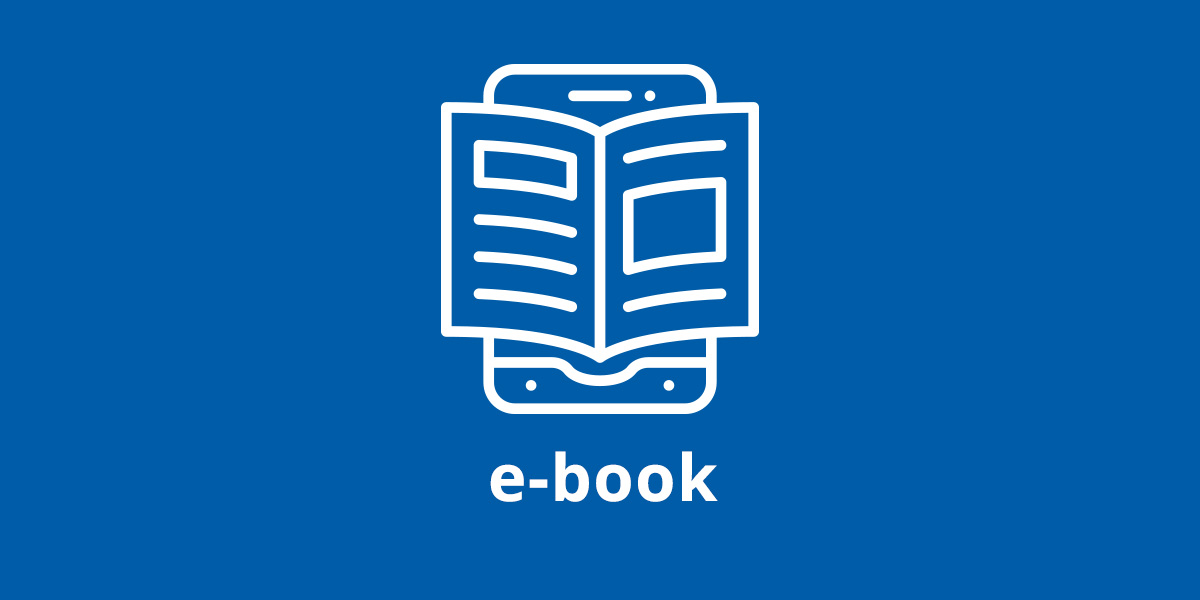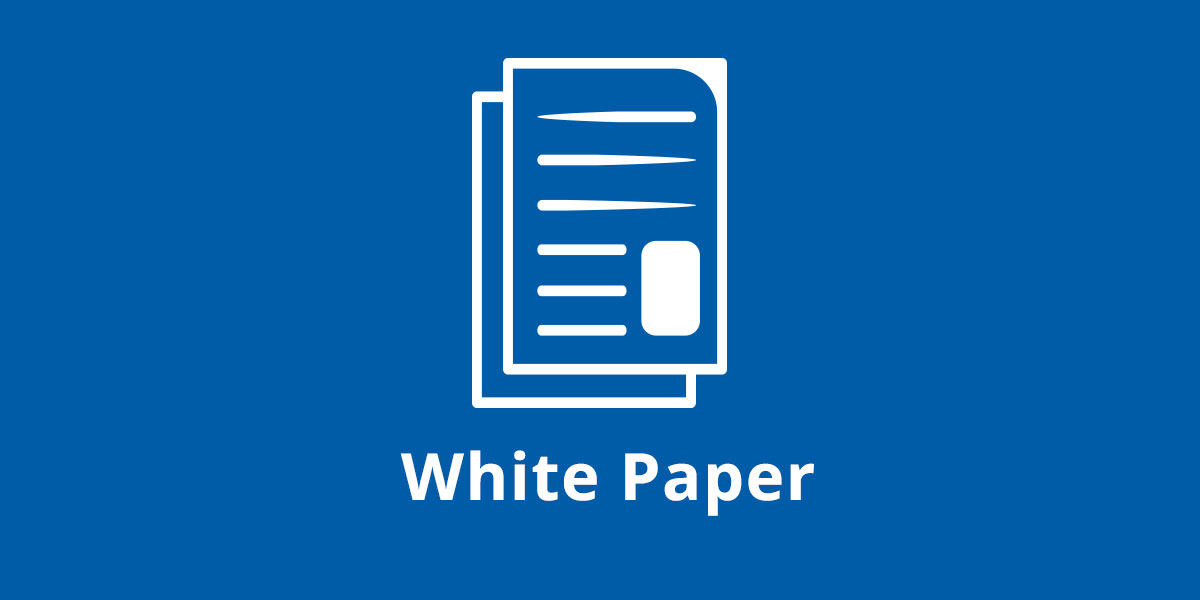Reimbursement in out-of-network care has grown to $60B and continues to grow due to the proliferation of narrow networks. Many providers don’t play in the out-of-network space or write-off a big chunk of revenue to close out an aging A/R. So what does an organization need to do in order to maximize reimbursement in this arena?
According to Richa Singh of Collection Rx, 5-10% of healthcare revenue is lost due to lack of time and technology associated with the work involved to follow up on the cost of collections resulting from unprocessed claims, missing documents, and denials. In many instances, providers overlook claims that are not properly processed and, as such, miss out on revenue. More importantly, almost 40% of that revenue loss is in individual out-of-network claims, mostly due to inexperience with these types of claims as a result of no data with the payers and no time or staff to commit to understanding their rules let alone track down the revenue.
Many providers don’t play in the out-of-network space or write-off a big chunk of revenue to close out an aging A/R. Yet with so many stringent rules for in-network, the biggest revenue growth opportunity exists in out-of-network care! So what does an organization need to do in order to maximize reimbursement in this arena?
1. Understand Payer Tactics
Payers, unfortunately, have cost containment practices on what they consider unnecessary tests or treatments. When these services or payment are not contracted or clearly understood, providers miss out. You need to:
• Know a payer’s out-of-network payment trends and policies
• Have access to the data to prove a payer’s inadequate reimbursement
• Be persistent
• Dedicate the right resources with your efforts
Getting ahead of these roadblocks with technology to support your efforts of clean claims, maintain proper documentation, provide medical necessity, show submission of claims, and decipher EOBs will help increase out-of-network reimbursement.
2. Invest in Technology
Data and automated workflow rules will help improve your overall reimbursement rates and ensure you get paid for your services. Areas of suggestion include:
Workflow – Automate manual processes as much as possible
Data – Analyze data and comparable claims to understand payer trends
Coding – Supports workflow optimization to lower collection costs
Analytics – Deep dive into your metrics for strategic planning
3. Maintain In-depth Reconciliation Process Through Collections
Avoid missed revenue with automated workflow and checks and balances throughout the collection process.
4. Streamline Your Workflow
Identify weak links in the front-end of your A/R to avoid issues on the back-end, improving staff time management and reducing the cost to collect.
5. Gain Expertise in Out-of-Network Benefits/Payments
Drive business decisions by having access to actionable data that will allow analysis, such as root cause identification on underpayments and denials, and help identify trends, projections, and revenue impact on a weekly, monthly and even ad hoc basis to help improve financial performance.
6. Gain Out-of-Network Expertise
With a growing market of unrestricted contracts in out-of-network, there is an untapped opportunity to increase reimbursement rates and impact your bottom line. You need to know the trends and tendencies of out-of-network payments, have comparable data to counter tactics, and understand those tactics.
7. Outsource Payer Collection Efforts
Ensure your partner is provider-centric in that it is providing access to your collection data, helping you with reporting and understanding metrics of importance, and offering frequent success and troubleshooting reviews.
8. Enhance Patient Experience
Pricing transparency has been shown to improve collection efforts for self-pay patients. When a patient is aware of their financial expectations sooner, labs and the ordering physicians can avoid the run-around that often results from “surprise bills.”
Quadax specializes in helping healthcare providers maximize reimbursement – both in- and out- of-network – through billing and software solutions geared to solve the challenges associated with navigating the payer landscape to help expedite claims and payment processing. Want to learn more? Let’s talk!
Content adapted from Strategies for Success in Out-of-Network and Payer Reimbursement, May 2019.
https://www.beckershospitalreview.com
![]()





 Ken Magness is a focused healthcare professional with more than a decade of experience in helping clients understand the true value of automation in the revenue cycle management process. As the Strategic Initiatives Leader at Quadax, Ken and his team are passionate about connecting with healthcare providers to help them create and leverage the appropriate technology solutions to optimize the revenue cycle process and improve the experience of their patients and staff.
Ken Magness is a focused healthcare professional with more than a decade of experience in helping clients understand the true value of automation in the revenue cycle management process. As the Strategic Initiatives Leader at Quadax, Ken and his team are passionate about connecting with healthcare providers to help them create and leverage the appropriate technology solutions to optimize the revenue cycle process and improve the experience of their patients and staff.





![[Medical] Necessity — the Mother of Insolvency??](https://www.quadax.com/wp-content/uploads/2019/02/Medical-Services-Illustration.png)
